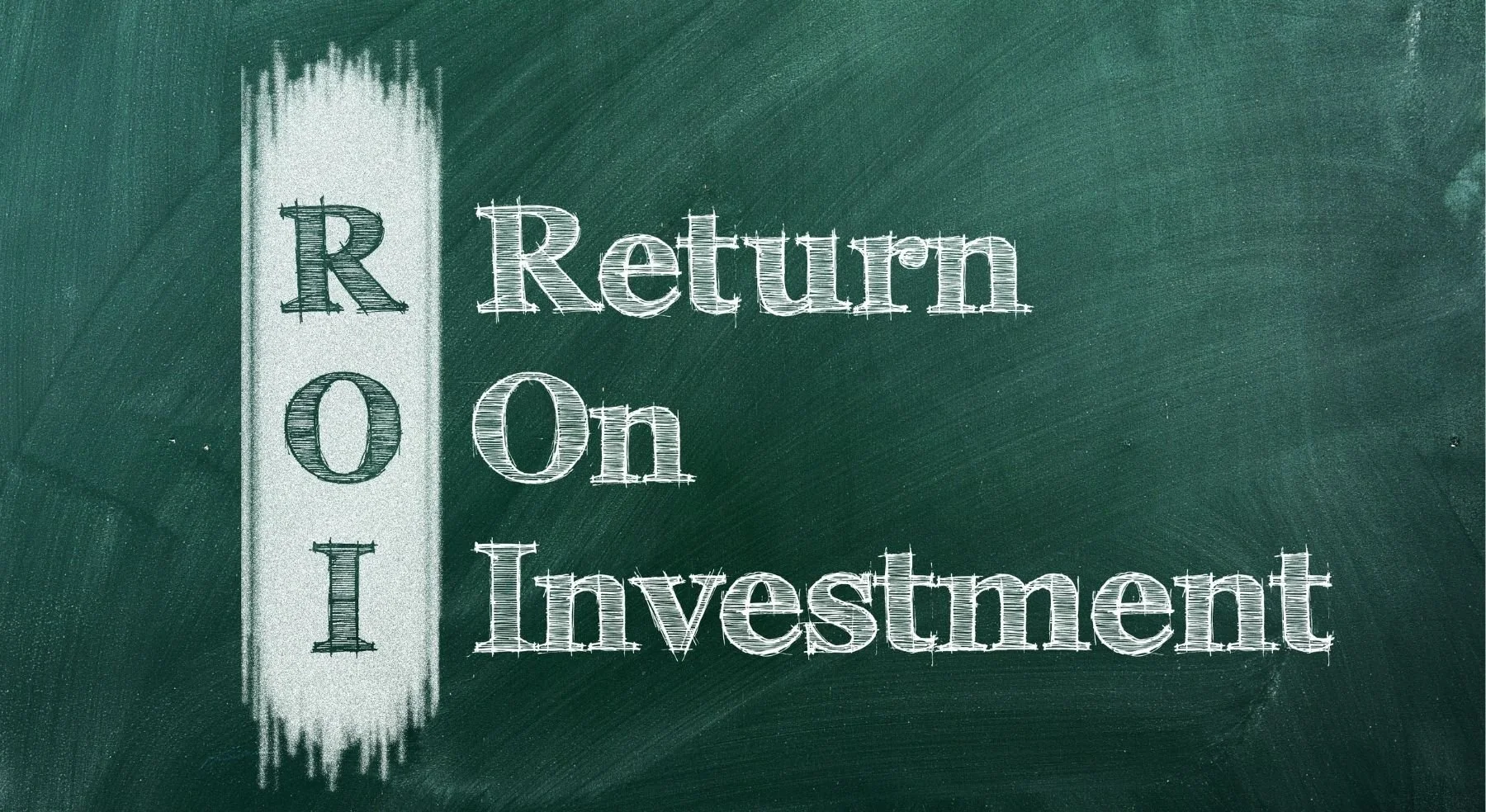The Hidden ROI of Strategic Corporate Events: Metrics That Actually Matter to Your Bottom Line
Key Takeaways
Attendance isn’t ROI – Measuring success goes beyond head counts and survey scores; what matters is how events move the business forward.
The hidden ROI is real – Events deliver value not just in revenue, but in employee engagement, retention, brand positioning, and relationship building.
Engaged employees drive profit – Even small boosts in employee engagement from events can translate into significant cost savings and productivity gains.
Canadian market realities matter – Longer B2B sales cycles, regional differences, and seasonal business rhythms all shape how ROI should be measured.
Think short and long-term – Strong events deliver immediate wins (leads, media coverage), medium-term gains (deal closures, retention), and long-term impact (market share, thought leadership).
Speak leadership’s language – Tailor ROI reporting to resonate with the C-suite: revenue for CFOs, retention for HR, brand value for marketing, and relationships for business development.
Events are investments, not expenses – With the right framework and tracking, corporate events consistently deliver
Let’s cut through the noise: your CFO doesn't care that 500 people attended your corporate event. They want to know if that $50,000 investment actually moved the needle on business results. And here's the thing, it probably did, but you're likely measuring the wrong metrics to prove it.
Too often, the results are framed around vanity metrics:
how many people attended
how many social media posts were shared
or how flashy the venue looked
While these numbers are easy to track, they don’t necessarily connect back to business performance.
The real value of a well-planned corporate event is far more strategic.
Events can accelerate sales pipelines, improve employee engagement, strengthen client retention, and even reposition your brand in the market. The key is knowing which metrics actually matter and how to track them.
After years of helping companies create strategic corporate experiences, we’ve learned that the most successful events don't just happen – they're designed with specific, measurable outcomes in mind.
Here’s how to prove your event investment is paying off.
Why Vanity Metrics Don’t Tell the Full Story
Traditional event measurement focuses on attendance, social media mentions, and post-event survey scores. These metrics matter, but they don’t tell the complete story your leadership team needs to hear.
Instead, organizations should align event measurement with business objectives: growth, retention, culture, and reputation.
1. Revenue Generation and Pipeline Acceleration
Events are not just about networking; they’re business development engines. The right corporate event doesn’t just generate leads; it accelerates existing opportunities through your sales process. Face-to-face interactions build trust and urgency that months of emails cant achieve.
Key performance indicators that matter:
How much faster deals close for prospects who attend your events
The number of qualified opportunities created or advanced
Deal size increases for clients who engage through events
Conversion rates from event attendees versus other lead sources
Strategic Advantage: When you can shorten sales cycles by even a few weeks, the time-to- revenue benefit compounds across your entire pipeline. Companies tracking this metric often find their events pay for themselves through acceleration alone.
2. Employee Engagement and Retention
Your people are your biggest investment, and strategic internal events can directly impact whether they stay or go. Engaged employees drive profitability and research shows companies see a 23% profit lift from higher engagement.
What to measure:
Pre- and post-event employee engagement scores
Retention and turnover rates six to twelve months later
Internal referrals and recruitment success rates
Productivity indicators and cross-department collaboration
If your corporate retreat improves retention by just 5%, the cost savings could exceed the entire event budget.
3. Brand Positioning and Market Perception
Corporate events can fundamentally shift how your market perceives your company. Whether you’re launching a new initiative, showcasing thought leadership, or entering new markets, events create positioning that advertising simply can’t buy. This influences everything from customer trust to your ability to recruit top talent.
What to measure:
Brand awareness before and after the event
Media coverage and industry visibility
Speaking opportunities or thought leadership invitations
Strategic partnership inquiries
Strong brand positioning translates into easier sales conversations, better talent recruitment, strategic partnership opportunities, and premium pricing power.
4. Client Relationship Strengthening and Retention
Strategic client events create the face-to-face relationship building that digital communications simply can’t match. Corporate events represent a premium customer service touchpoint; a chance to demonstrate value and attention that goes far beyond transactional interactions.
What to measure:
New strategic relationships formed and their business outcomes
Strengthening of existing client ties
Invitations to advisory boards, collaborations, or joint ventures
Industry influence gained through event participation
Face-to-face interactions foster a more personal connection, helping all stakeholders feel heard, valued and appreciated. Think of this as your “return on interaction”; the cumulative value of new doors opened.
Making ROI Measurement Actionable
The strongest ROI strategies aren’t about spreadsheets alone; they’re about aligning measurement with leadership priorities.
Set Clear Business Goals: Are you focused on retention, growth, culture, or market positioning? Clear event goals ensure your efforts deliver measurable outcomes and your event focused on success
Set benchmarks early: Capture pre-event baselines to measure impact clearly.
Use attribution modeling: Link event touchpoints to longer sales journeys.
Integrate technology: CRM tags, marketing automation, and engagement tools make tracking seamless.
Build leadership buy-in: Present ROI in the language executives care about; sales for revenue leaders, retention for HR, brand equity for marketing.
Tell stories, not just numbers: Pair data with narratives about client wins, employee success, or partnerships formed.
Measurable Returns include:
Revenue generated or accelerated from event relationships
Cost savings from improved employee retention
Contract renewals and expansions from strengthened client relationships
Productivity gains from improved team engagement
Reduced customer acquisition costs through referrals and reputation
Hidden Value includes:
Market positioning improvements
Strategic partnership opportunities
Talent acquisition advantages
Industry influence and thought leadership gains
The Bottom Line: Events Are Investments, Not Expenses
But like any investment, leadership needs proof.
When measured strategically, corporate events aren’t “nice-to-have” perks, they’re growth accelerators. The hidden ROI comes from how events strengthen relationships, engage employees, position your brand, and create business opportunities that compound over time.
The companies proving this ROI aren't doing anything magical. They're simply measuring what matters instead of what’s easy to count.
So next time someone asks, “Was the event worth it?” you won’t point to head counts or hashtags. You’ll point to measurable growth in revenue, retention, reputation, and relationships… and that’s the kind of ROI every executive can care about.
At DASCH Productions, we create experiences and tell stories that leave a mark. More importantly, we help organizations all across Alberta (and beyond) design and run events that make powerful impressions that deliver measurable business impact.



